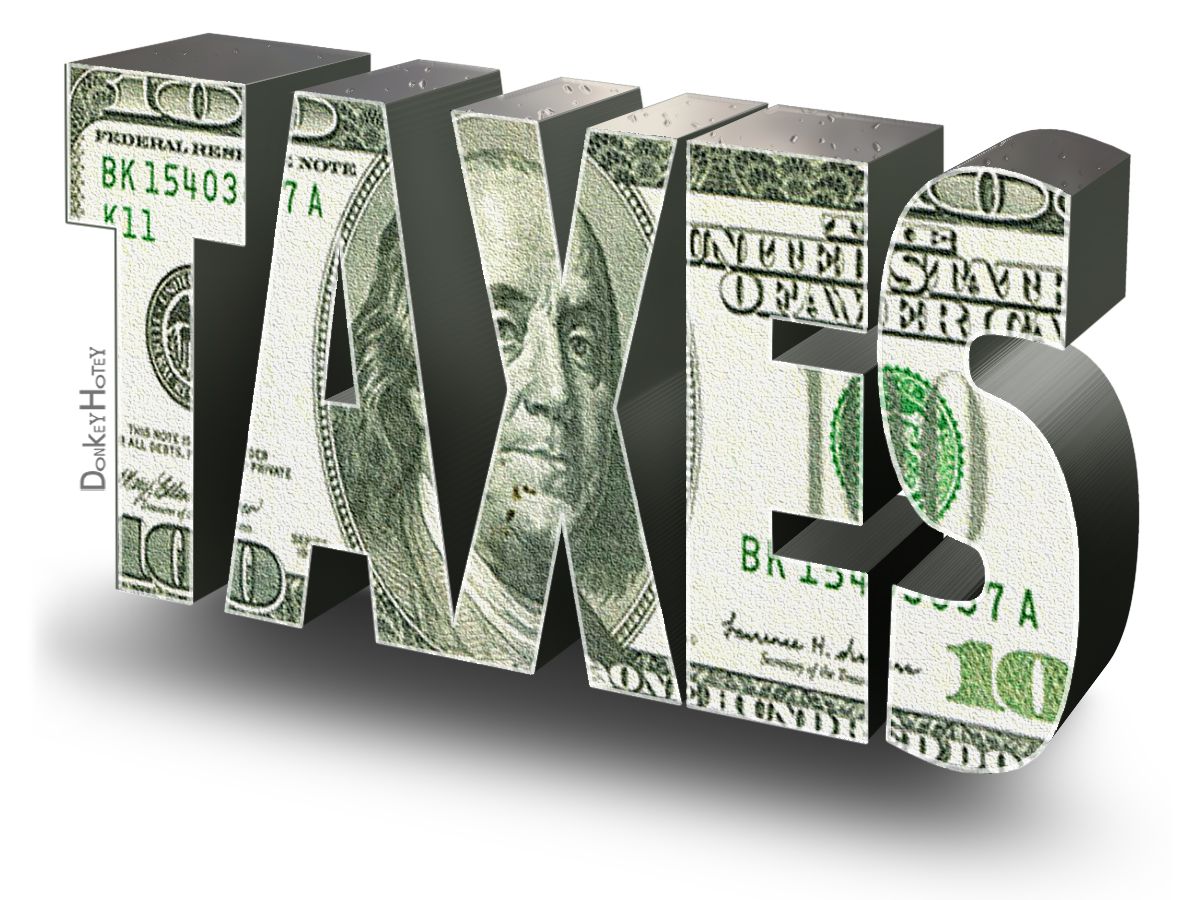As fundraising professionals, we understand there are multiple giving vehicles that our beloved donors can use to contribute to the work our organizations are doing to create a better world. One such vehicle that has gained traction over the last several years, for many reasons, are donor advised funds (DAFs). Despite their historic popularity among high-net-worth donors, DAFs are becoming more popular among lower-level donors as well. However, most of our lower-dollar donors may believe DAFS are only for major and principal gift level donors or be unaware of the benefits of utilizing them.. This is where we can step in and guide them, sharing the benefits of this incredible philanthropic tool that anyone can utilize.
DAFs have played a pivotal role in fundraising due to their flexibility; donors can choose when and where to distribute funds. DAF sponsors have also streamlined how donors can manage multiple giving streams while enabling them to maintain control over their philanthropy and potentially make larger donations to our organizations and to other causes they care about. Another huge perk we can share with our donors is that DAF sponsors generally set the minimum amount required to open one around $5,000 and $25,000 for the initial contribution. Some providers like Fidelity Charitable may even allow opening one with no minimum amount.
For the everyday philanthropist who loves giving back to their community while also being mindful of tax planning, a DAF can be an incredibly powerful and strategic tool. It offers not just one, but two key tax benefits, making it an appealing option for those donors at any level looking to maximize their charitable impact to our organizations.
Tax Benefit #1: Immediate Tax Deduction for Contributions
The first major tax benefit that a donor not familiar with DAFs may not know, is that they can get an immediate charitable deduction when contributing to a DAF. This happens even if the actual disbursement to charities happens years down the road.
Here’s how it works:
- Income Tax Deduction: When the donor contributes to a DAF, they’re eligible for an income tax deduction for the full amount donated in the year the contribution is made. For cash contributions, that’s generally a deduction of up to 60% of their adjusted gross income (AGI), and for long-term appreciated securities it’s typically 30%. This can help reduce the taxable income in the year that the donation is made, potentially lowering their overall tax bill.
- Gifting Appreciated Assets: Donating appreciated assets, such as stocks or real estate, can result in an even more powerful tax benefit. By donating these assets directly to the DAF instead of selling them first, the donor can avoid paying capital gains tax on the appreciation. Gifting appreciated assets can maximize the value of their contribution and reduce the tax burden in the process.
Tax Benefit #2: Investment Growth without Taxation
The second tax benefit, and a serious game-changer, is that most DAF sponsors offer investment options (mutual funds, real estate funds, hedge funds, etc.). Fidelity Charitable, the largest DAF sponsor in the United States, reported that in 2023 63% of contributions were in the form of non-cash assets. This means that the DAF essentially acts as a charitable savings account where a donor can contribute, grow, and recommend grants to various nonprofits at their own pace. The DAF itself is a tax-exempt entity, so there’s no capital gains tax on the investments or dividends while the funds are growing in the account.
- Tax-Free Growth: Investments within the DAF can compound without being subject to taxes on capital gains, dividends, or interest income. This can be especially advantageous for long-term giving strategies as the fund grows over time, enabling a donor to give even more to their favorite charities.
- Investment Flexibility: Depending on the DAF provider, a variety of investment options (such as mutual funds, stocks, or bonds) are available to align someone’s investment strategy with their values or risk tolerance. Any gains made from those investments are tax-free, which means there’s the potential to donate even larger amounts in the future.
Something that’s very important to share with your donors when recommending this giving vehicle is that contributions to DAFs are irrevocable. Despite the potential growth of the fund, donors are not able to “cash out.” It is also important to point out that administrative fees can reduce the amount of funds available for grants.
DAFs offer a unique combination of tax benefits for all levels of earners and givers, making it a valuable tool for philanthropically minded individuals looking to maximize their charitable contributions. Whether it’s contributing appreciated assets for a larger tax break or allowing charitable funds to grow without tax implications, a DAF offers significant advantages.
In short, your donor utilizing a DAF for charitable giving is a win-win for your organization and for them. They can enjoy the double tax benefits now, while their chosen charities can benefit from thoughtful giving over time. It’s a strategic way to support the causes they care about with the added benefit of optimizing their tax situation.
Image credit: “Taxes – Illustration” by DonkeyHotey is licensed under CC BY 2.0.
